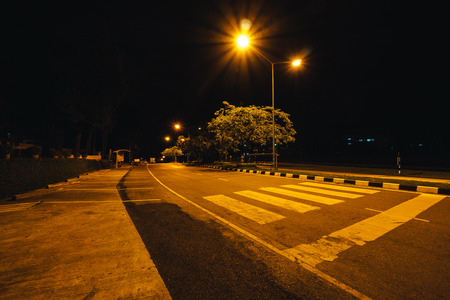

Pedestrian Accidents: Dark Winter Weather Walk to School Safety Tips
In the Pacific Northwest the shorter days stretch between fall and winter and they are already upon us. For many students that means walking or biking to school or the bus stop in the dark and cold for a portion of the school year. Students should be taught “walk to school safety tips” for any time of the year but they become especially important when it is dark, wet, snowy or icy.
Pedestrian accident statistics
Pedestrian accidents are a serious concern for parents sending their kids off to school. Pedestrian accident statistics from the NHTSA using 2013 data show that urban areas (areas with more traffic) suffered 73 percent of all pedestrian accident fatalities.
Roadways, bikeways, sidewalks, medians and other pedestrian locations suffered only 10 percent of pedestrian fatalities compared to 20 percent at intersections and 69 percent at non-intersections.
Most pedestrian fatalities occurred in the dark (72 percent) compared to 25 percent in daylight and four percent in dawn/dusk.
Pedestrian accidents: dark winter weather walk to school or bus stop safety tips
Prepare your child with winter walking safety tips to reduce their chance of being involved in a pedestrian accident:
- Ensure that your child is dressed to be as visible as possible: wear bright and light colored coat/backpack with reflective strips.
- Teach your kids to avoid a trip and fall accident:
- Allow plenty of time to reach school/the bus stop.
- They should wear boots or shoes with good grip. In icy weather conditions wear metal grips over shoes.
- Watch out for debris or other tripping hazards on the road.
- If possible, your child should walk to school or bus stop with peers or an adult.
- Only cross the street in well-lit areas at designated crosswalks unless there is no other option.
- Teach your kids not to assume that cars will stop because the signal has turned. They should wait to ensure that care are coming to a stop at the line before heading across the street.
- Children should stand away from buses, shrubs/trees, parked cars and other large obstacles before crossing the road to ensure that drivers see them.
- Children should walk facing the direction of moving cars so they are seen in headlights.
- Your child should wear a headlamp or a hat with a light built in to light their path.
- Teach your child about distracted walking and the need to hear the sound of cars for safety. Headphones for music and texting and walking should be avoided.
Pedestrian accidents: dark winter weather bike to school or bus stop safety tips
If your child bikes to school or the bus stop they should use the following safety tips in the dark, cold weather months:
- Ensure that your child’s bike is visible. It should be a light color and have reflective strips and blinking headlights and taillights.
- Your child should wear bright clothing with reflective strips and a headlamp if the bike is without a light to brighten the path.
- They should always wear a helmet.
- Your child must be taught the rules of the road as they are obligated to follow them on their bike for their own safety.
- Teach them to avoid unexpected, quick motions that will surprise motor vehicle drivers.
- Teach your child not to wear headphones or talk on a cell phone while riding their bike.
If you or a loved one is dealing with an accident or injury through no fault of your own, you have enough on your plate. Let an experienced accident attorney fight for the full compensation that you deserve. It is not uncommon to receive a settlement from the insurance company that is five to ten times bigger with the help of a lawyer. Call the caring accident attorneys at Tario & Associates, P.S. in Bellingham, WA today for a FREE consultation! We have been representing residents of Whatcom County, Skagit County, Island County and Snohomish County since 1979. You will pay nothing up front and no attorney fees at all unless we recover damages for you!




